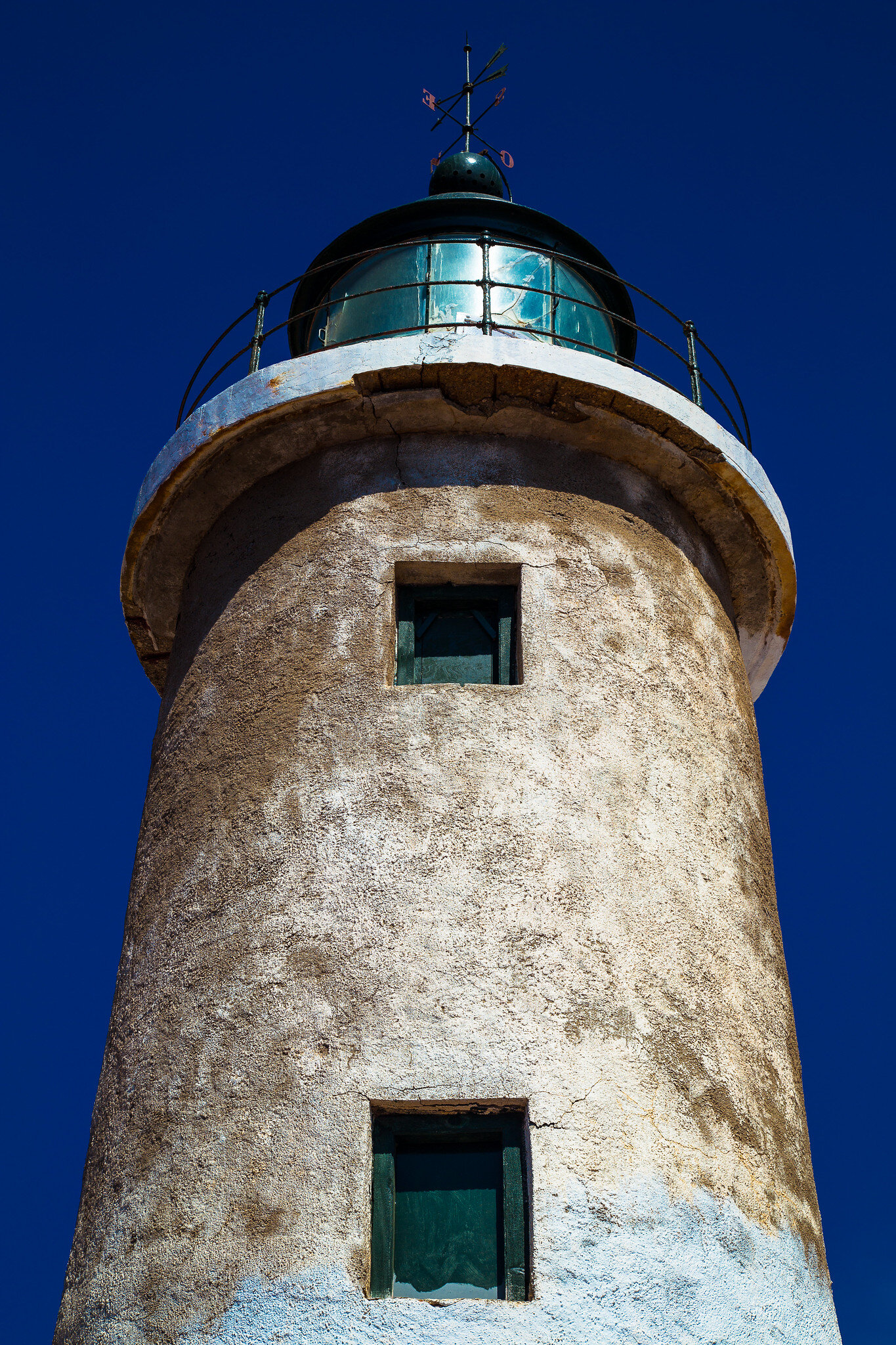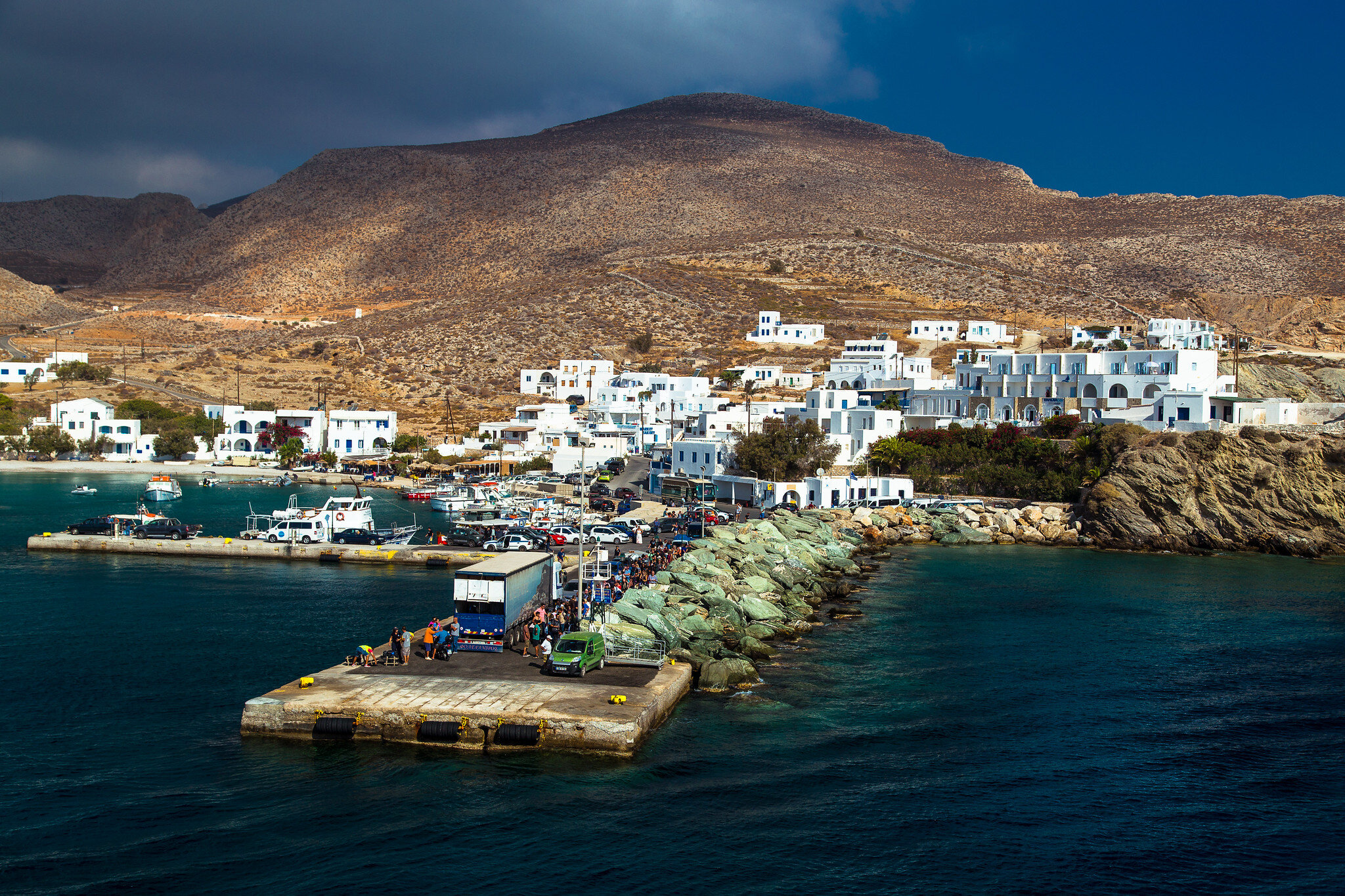Folegandros
With 765 inhabitants, Folegandros is decidedly quiet for much of the year. Its name derives most probably from ‘phelek-gundari’, Phoenician meaning ‘rocky land’. It was colonised by Dorians, but influenced by the Ionians. Cave inscriptions at Chrysospilia date from the Hellenistic, and Roman periods when it was a place of exile. After the Fourth Crusade in 1204 and the distribution of the Byzantine Empire by the Franks, it become part of the Duchy of Naxos coming under the rule of the Venetians, the head of which was Marco Sanudo, nephew of the Doge of Venice Enrico Dandolo. In 1269 the Byzantine fleet recaptured some islands of the Cyclades, including Folegandros. In 1336, it was the Gozzadini Bolognese overlords of Kythnos who took control, but by 1417 it was almost empty remaining so until the 16th century when Crete was influential in re-settling its population. The Ottoman Empire took possession in 1617 and just over a hundred years later in 1715, Canum Hoxha, head admiral of the Ottoman fleet, looted Folegandros taking 925 residents as captives in retaliation for the pirates who took refuge on the island. The island only recovered after the arrival of natives from Sifnos and Crete. For four years it came under Russian rule, starting in 1770, during the Russo-Turkish war. By 1828 it had joined the newly independent Greek State. It was used as a place of exile for political purposes on various occasions during the 20th century.
Its name derives most probably from ‘phelek-gundari’, Phoenician meaning
‘rocky land’.
Hora, the island’s capital, is a showcase of this history with many of its buildings dating back centuries. I enjoy trekking the rugged terrains of Folegandros and try to visit it each year. My freediving experiences here are memorable.
Read my essay about Folegandros in INSIGHTS GREECE magazine.
Panagia Nisiotissa
The lighthouse of Aspropounta, close to Livadaki beach, is 58 meters above sea level and 11m in height. Built in 1919, its beam is visible from 17 miles. Adapting to change, it was originally lit by a wick, upgraded to a mechanism of petroleum and gas, and converted to solar energy in 1986.
Vathi Bay, Folegandros
This enchanting spot on the western side of Folegandros is reached following a scenic footpath, challenging at times, that meanders down from the road above not far from Hora, the island’s main village.
These mesmerising colours are a welcome first encounter with the bay and its four charming beaches: Fyra, Angali, Galifos and Agios Nikolaos.
View of Hora and Panagia, Folegandros
The Church of Panagia dedicated to the Assumption of the Virgin Mary was constructed on the ruins of an ancient temple. Legend says that in 1790 as eighteen pirate ships were about to attack, the residents went to Panagia to pray. A sudden northerly wind arose and sank them all. The locals have since considered Virgin Mary the protector of the island.
Folegandros is one of the best-preserved islands in the Cyclades enhanced by its Byzantine sites and picturesque scenery. The island is home to many churches reflecting the deep religious faith of the locals.
From Katergo Bay towards Sikinos
The rocks of Folegandros are unique in their forms dominating the islands landscape throughout. They mesmerize when seen from the sea.
Vigla - the rock of Panagia - seen from the south









































